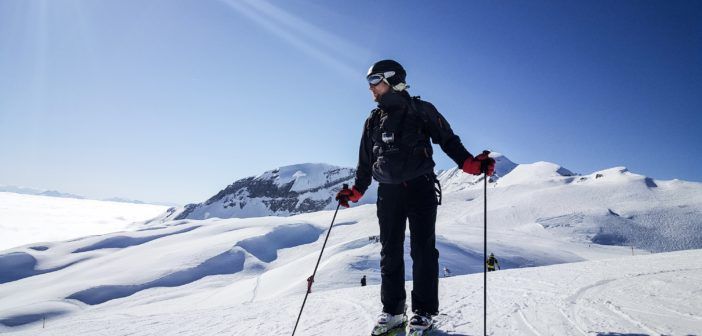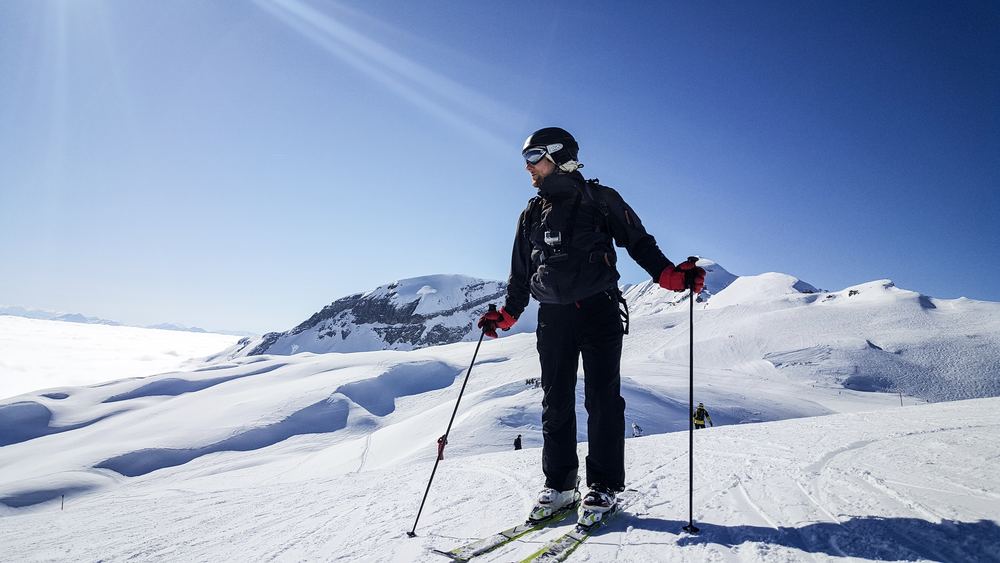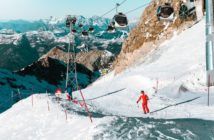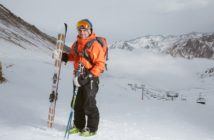When you first purchase skis, you may need to complete a quick test to determine your DIN setting.
Your weight, height, boot size, and abilities as a skier will be taken into account and ran through a series of calculations. After this, you’ll be assigned a letter and a number.
This number is what determines how graceful you can be on the slopes, especially when you’re newly released from the ski lift.
With the wrong DIN, too much or too little force will be applied on you, which can result in a tumble as you descend from the ski lift – or worse.
The DIN isn’t just how good you look on the snow; crucially, it prevents you from accidents while you’re skiing.
The DIN is the setting by which your bindings will release. Bindings release when a load is placed on them; the weight of the load that it will tolerate before releasing will depend on the DIN number.
The higher the DIN, the more load it will bear prior to release. This is why more experienced skiers will have a higher number.
Higher ski DIN settings also translate to a more elastic binding. Because advanced skiers will tackle steeper slopes and make tighter turns, their bindings should accommodate faster speeds – which means they have to be stronger and more elastic.
Bindings designed for expert skiers will be built with lighter, more durable, and more elastic materials.
Contents
DIN Defined
DIN stands for Deutsches Institut für Normung, a German institute for standardization. It’s the scale that the skiing industry has adopted to gauge release force settings in bindings.
Additionally, the International Organization for Standardization continues to publish updated information.
While the ISO is responsible for publishing standardization for ski bindings, they are also responsible for certification in many different industries, like food and beverage or energy sectors.
With an organization like that, you can be confident that your skiing trip is in good hands.
With this certification, manufacturers and vendors know how to keep you safe while you’re in your skis. The calculations for the DIN setting can be performed by anyone with enough knowledge. However, it’s always a good idea to choose someone qualified when having your bindings set.
What is Needed to Calculate DIN?
There are a few parameters by which your DIN setting is calculated. Namely, they are age, height, weight, boot sole length, and experience.
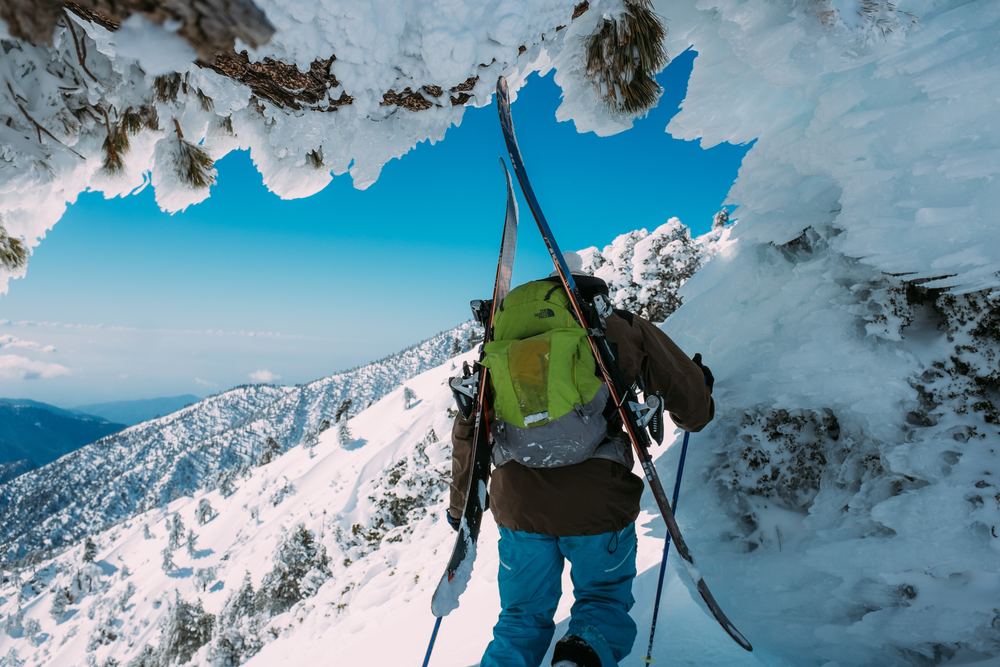
To calculate your DIN, your height and weight will be matched against a release code, with a letter from A to O. While not straightforward, a higher letter means a higher DIN setting.
This code will then be adjusted depending on your boot length and your experience skiing.
Here is a run-down on the different parameters that are considered, so you know what to expect:
Age
Your age doesn’t affect the DIN setting as much as other parameters, but it’s still necessary – especially for those who are very young or old.
Those under the age of nine or above the age of 60 will have a slightly lower number. This is to account for the heightened risk of fractures in people of this age.
Children younger than nine have softer bones than the average person, and of course, so do people over the age of 60.
Height
Height also affects ski binding settings just a bit more than age. Those who are under 4’10” or 148cm will probably have a skier code from A to G, which is a setting from 0.75 to 3.50.
Those taller than 6’5” or 195cm will have a skier code anywhere from M to P, or from 7.50 to 13.00 – the highest setting.
Heights in between will have a more nuanced difference.
Weight
Weight is one of the most important parameters for setting the DIN, but the specifics stop being important beyond 210 pounds (or 95kgs).
Those beyond 210 pounds will have a skier code anywhere from M to P, the specifics of which only depend on their boot length and skiing ability.
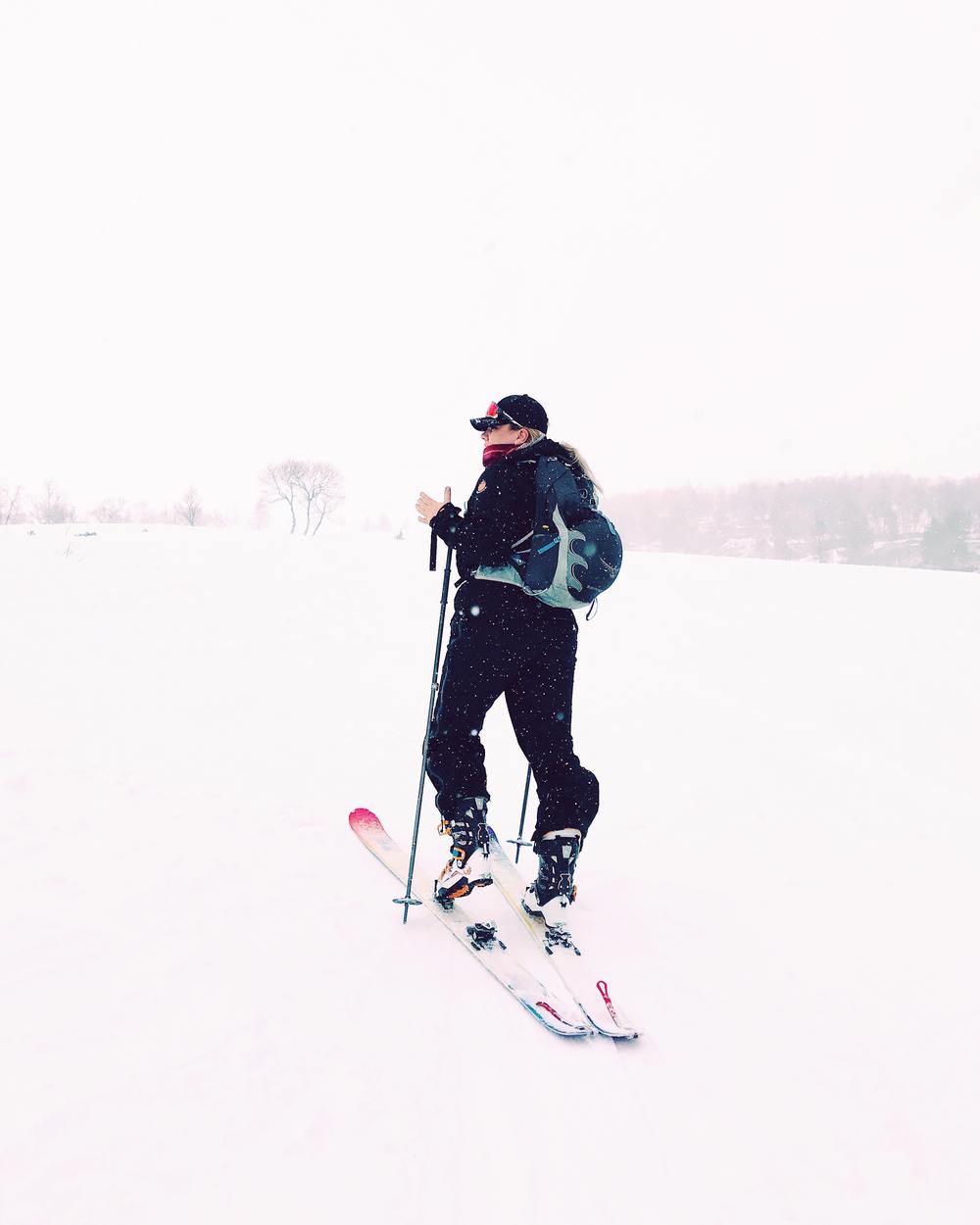
Weight is also the main parameter for determining your skier code. While there are exceptions to the rule, your skier code will almost always depend on your weight.
Of course, your unique DIN setting will depend on other parameters alongside this specification, but knowing how much a person weighs can give you a solid idea of their skier code, and a good estimate of their DIN setting.
Boot Length
Perhaps more important than height and weight, the boot length will also determine the DIN setting of your bindings.
As a rule of thumb, a larger boot sole length will have a lower DIN. This is because a larger boot sole length translates to a greater surface by which the force of the bindings can affect.
The larger the surface, the less force the bindings will need.
Your boot length is also why it’s necessary to visit a ski store in order to set your DIN. While a DIN chart is a good reference, they are made under the assumption that a certain height can only have a set boot length.
Those with smaller or larger feet than average will have a hard time figuring out their DIN with a chart alone.
Experience
Your skiing experience is perhaps the most important category when setting your DIN.
Your experience is likely to dictate how much force you will put on your bindings, depending on the terrain that you traverse, as well as the speed that you prefer.
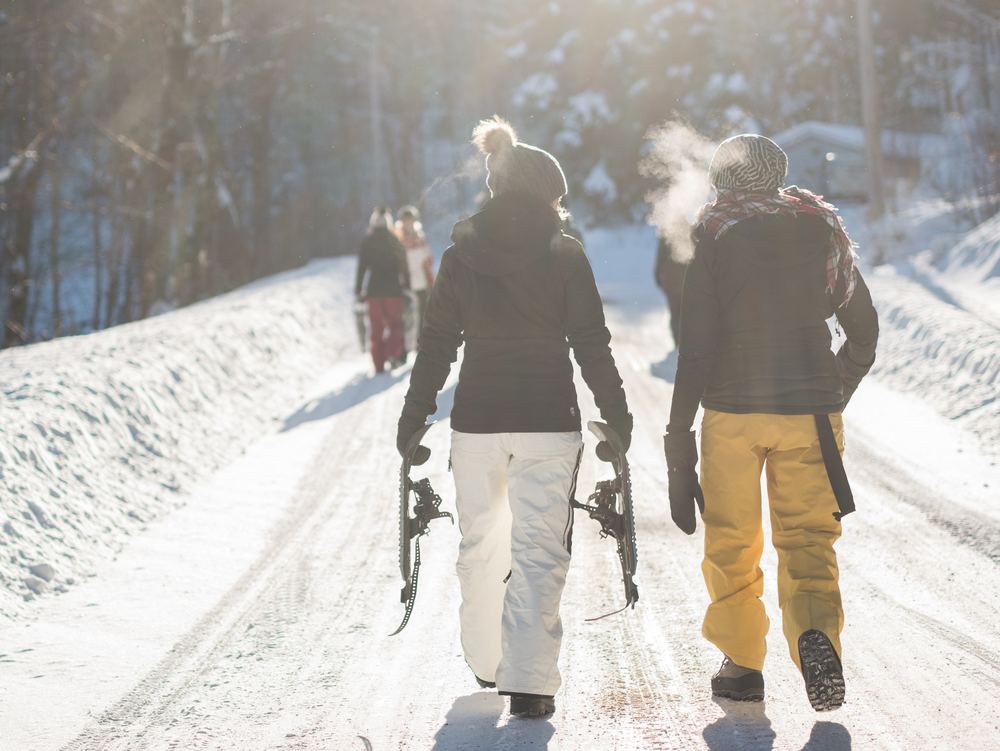
Just like boot length, it’s wise to visit a ski shop and ask for a professional assessment when it comes to your experience level.
After all, experience doesn’t just mean how long you have been skiing and how comfortable you are on the slopes. It also refers to the type of terrain that you hope to tackle.
If you are newly learning how to ski on terrain rougher than normal, you will need a higher DIN setting than if you are only comfortable on easy, simple slopes.
This video shows an example of how to adjust your DIN.
Why You Need the Proper DIN Setting
When you’re preparing for a ski trip, it may feel tedious to have your bindings set – especially if you’ve done so before.
After all, no one wants to waste time on a benign task like having their height and weight checked, all while the snow is out there just waiting for you. Why is a correct DIN setting so important?
The DIN is a number that you can easily forget, but the right number can be the difference between a fun skiing trip and a disaster.
At best, the wrong DIN setting can result in a tumble here and there. At worst, it can mean a trip to the hospital.
As such, your DIN number stands between you and broken bones, or at the least, being stuck on the ski lift because your bindings won’t release or have released too early.
While a skier code will give you a bit of leeway, your specific DIN number is a fickle thing. For example, between two men of average height and weight, if one of them is more experienced skiing than the other, the difference in the DIN could be just a few digits.
The average beginner male will need a DIN setting of 6 (requiring 194 to 271 Nm of torque for the bindings to release).
On the other hand, a more advanced male of the same height and weight will need a setting of 8.5 (requiring 271 to 380 Nm of torque for the bindings to release).
Where to Get Your DIN Calculated
To get your DIN calculated, you will have two options: online, and in qualified ski shops.
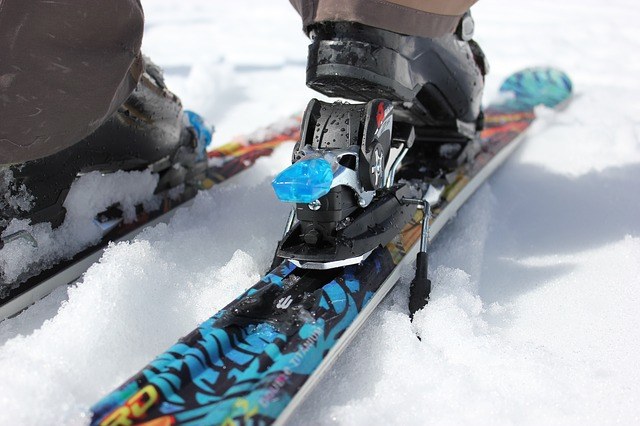
Online Charts and Calculators
If you want your DIN setting right away, there are a few methods by which you can go about it.
You can always search online and look up the general DIN settings, depending on your height, weight, and boot sole length.
Here is a DIN setting chart wherein you can reference the DIN number that you may have. You can also use an online DIN calculator.
You will need to input your weight, height, age, boot length, and skiing experience, and have the site calculate your DIN for you. This site is a good calculator where you can get a more accurate reading.
Qualified Ski Shops
However, these online charts and calculators shouldn’t replace the real thing. While they can act as a great reference for your own personal needs, it’s always better to have your bindings set by a qualified ski shop.
After all, your DIN can be the difference between a soft landing and a fractured bone.
When having your DIN set in a ski shop, you will be asked for the same information: your weight, height, and boot length.
It’s wise to have your weight and height measured beforehand, but most ski shops will have their own scales and charts, so you can still get an accurate reading if you’re unsure.
If they don’t have this equipment, be sure to give the correct information! It’s one thing to tell your friends that you’re younger or lighter than you actually are, but when it comes to ski bindings, the wrong information can put your health at risk.
The biggest advantage of having your bindings set at a shop is the opinion of a professional. Anyone can set your bindings based on your height, weight, and boot length, but your experience as a skier can be more subjective.
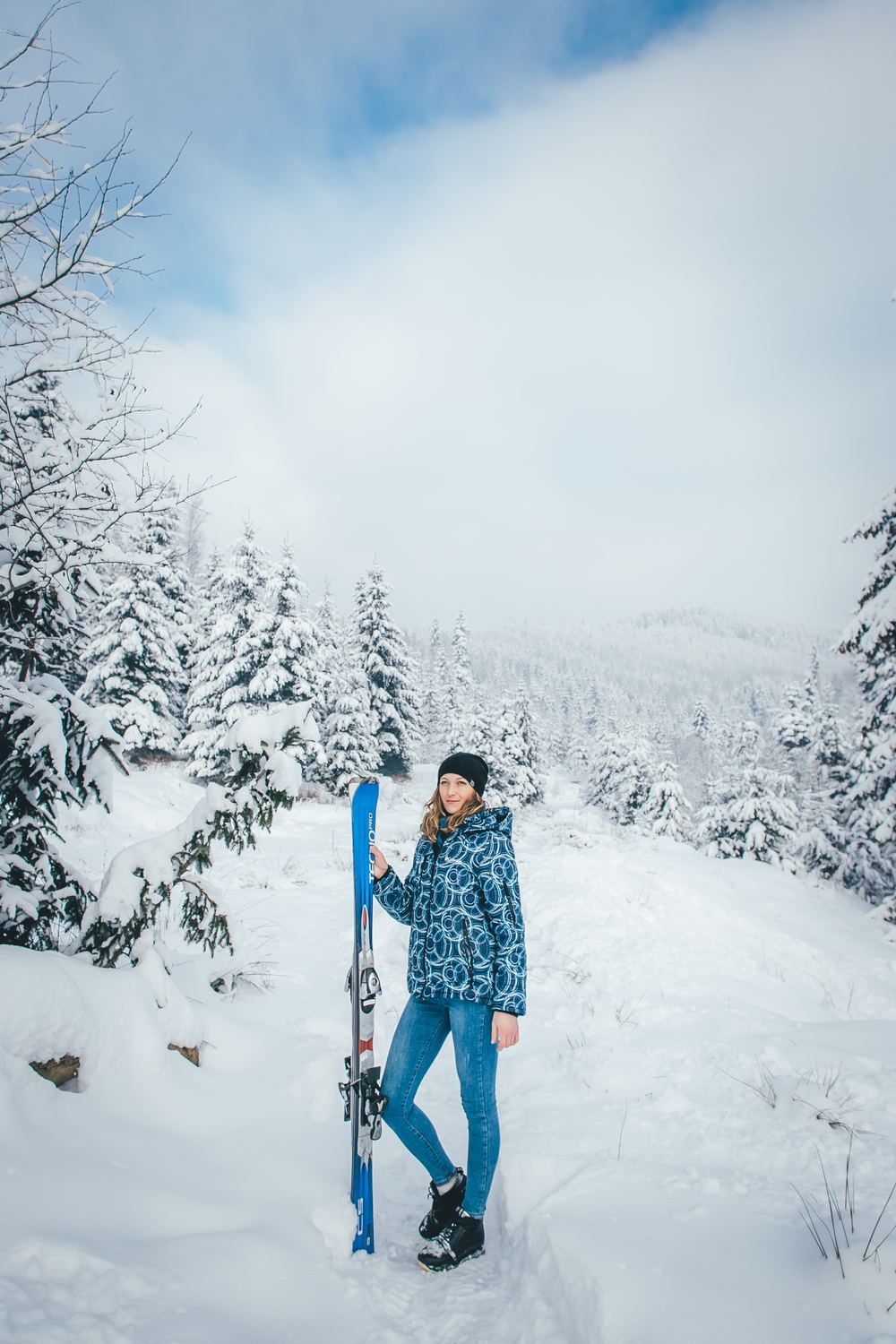
The person setting your bindings will keep those parameters in mind, but will also assign a setting that accurately reflects what you’re comfortable with on the slopes.
For example, two people with the same height, weight, boot length, and skiing experience may have a different setting, just because one hopes to try out harder slopes.
Their DIN setting may be designed with different materials so that they can be more elastic and accommodate a heavier load.
When having your bindings set at a shop, you can also incorporate new, additional features into your ski bindings. For example, you can change the width of your brakes – which is highly advantageous.
Breaks can be removed from bindings if you want to change into fatter skis. However, this would depend on the model of your bindings and the budget you have available.
This video shows an example of how to calculate your ski DIN settings.
When to Have DIN Reset
The DIN you are assigned isn’t a static number. It’s something that you should continually have reassessed as you continue to ski.
As mentioned, the difference between one DIN setting to another may be only a few digits, but this can mean a great deal in terms of torque.
When should you have your DIN reset?
Reset your DIN every time one of the parameters changes. Growing children should have their DIN reset at least once every time they go out to ski, to account for height and weight changes.
Changes in boot sole size should also be considered, not just if your feet have grown. If you have new ski boots, they may have a different sole size, and this would require you to have your bindings reset.
Gaining more experience on the slopes, or wanting to try out harder terrain, would also be a reason to have your DIN set to a higher number.
It’s better to be safe, rather than sorry, so feel free to plan a visit to the shop before every ski trip.
The Right DIN Keeps You Safe
While most of us go out on the slopes for fun and excitement, it’s still wise to remember that the snowy slopes aren’t always friendly.
There are many necessary precautions you should take, and there’s ample room for error when you have the wrong equipment. No one wants an accident on the snow, making all future trips less enjoyable.
A quick visit to a qualified ski shop, so as to ensure you still have and will have the right DIN setting, can ensure that your trip is fun and safe, for you and the skiers around you.
Where do you get your DIN setting?

